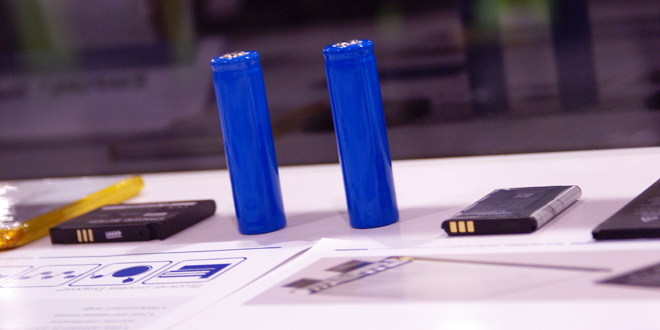Scientists around the world are testing new ways to look inside lithium-ion batteries to gain a better understanding of what happens during charging and discharging. A team of chemists and engineers at Ohio State University claims to be the first to use Neutron Depth Profiling (NDP) to track the flow of lithium ions into and out of an electrode in real time.
In a paper published in the journal Angewandte Chemie International Edition, the team explains how they are using the technique to test new electrode materials such as tin, silicon, germanium and aluminum, which could be capable of storing nearly three times as much energy as graphite, and may also be less prone to overheating.
“This is the first time that anyone has been able to directly verify how the lithium concentration evolves in space and time within the electrode of a live battery cell containing a typical wet electrolyte,” said co-author Marcello Canova. “We believe this will pave the way to an improved understanding of the material and chemical processes that power batteries.”
NDP is a well-known technique in nuclear research and in the semiconductor industry. It’s somewhat analogous to Magnetic Resonance Imaging (MRI), in that it can record a series of image slices over time in order to measure how the composition of a material changes. Instead of a magnetic field, NDP uses a low-energy neutron beam.
SEE ALSO: Sakti3 demonstrates impressive energy density with solid-state battery cells
“Just as MRI is the best way of seeing inside the human body without cutting it open, we believe that NDP is the best – and one of only a few – techniques capable of taking a non-invasive look inside a lithium-ion battery,” said co-author Anne Co.
The team hopes to use NDP to help explain why rechargeable batteries lose capacity over time, and why they sometimes catch fire. “One possible explanation for the fading is that lithium is becoming trapped inside the electrodes, and NDP would be an ideal method to see and quantify trapped lithium,” Co said.
Source: Ohio Stat University via Science Daily


















































